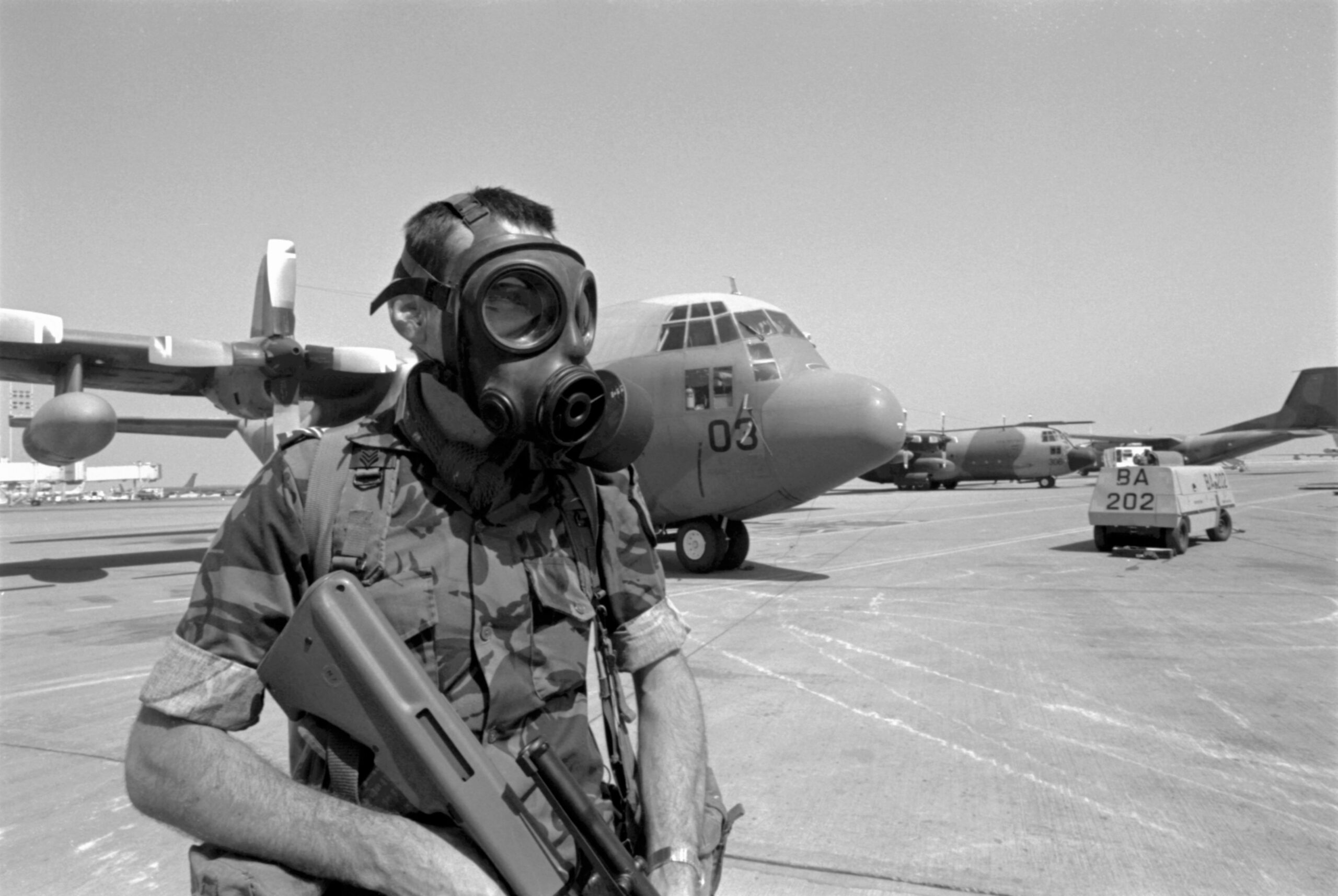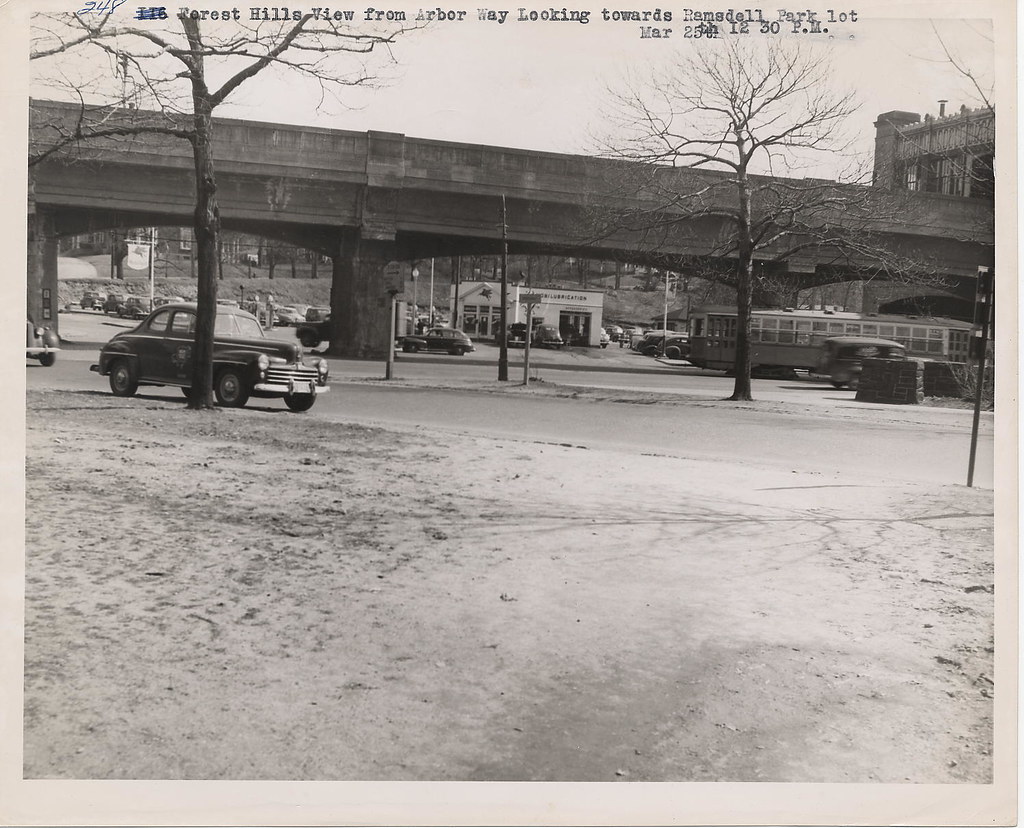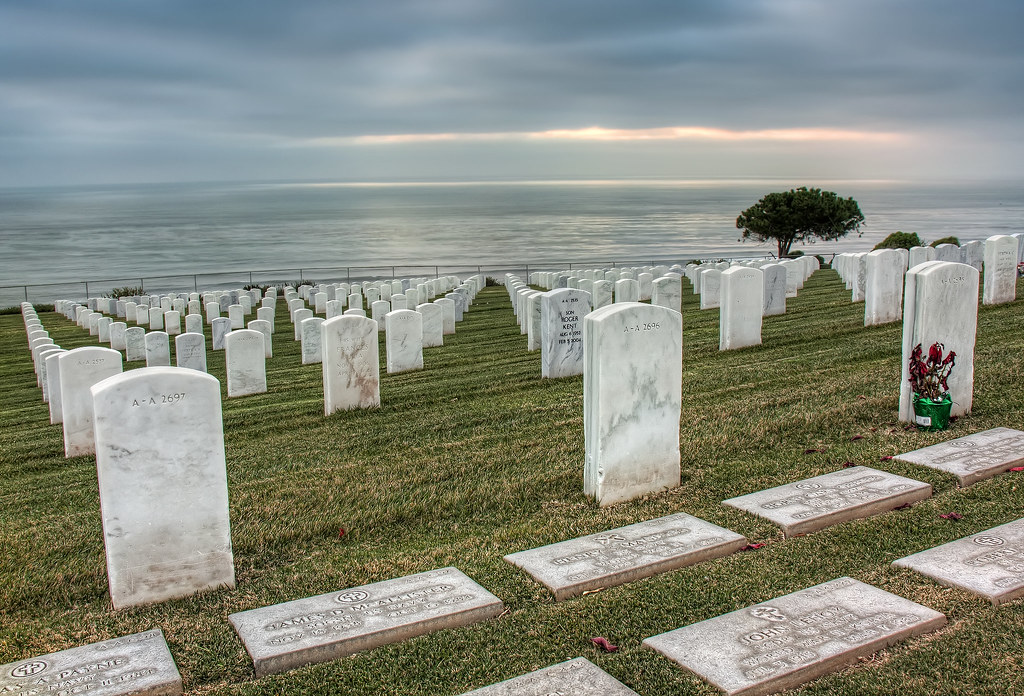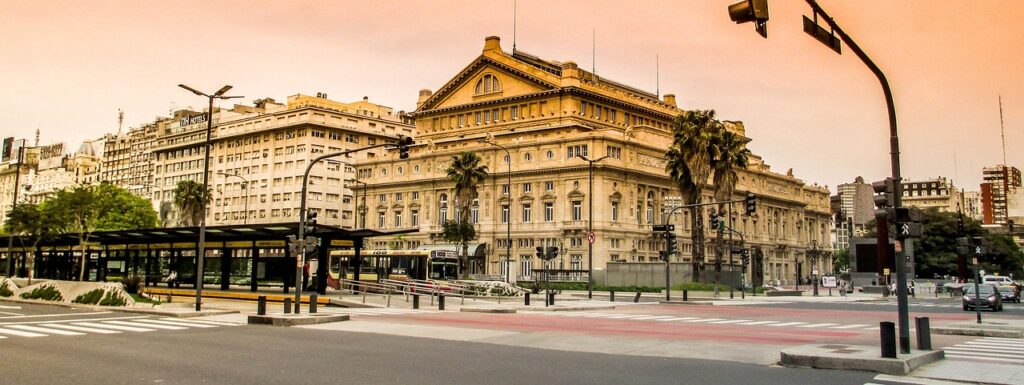
The 1990s, often colloquially known as “the Nineties,” stands as a pivotal epoch in modern history, a decade that fundamentally reshaped the global landscape in ways that continue to reverberate today. Emerging from the long shadow of the Cold War, this period ushered in a complex tapestry of geopolitical reconfigurations, breathtaking technological advancements, profound socio-economic realignments, and, regrettably, devastating conflicts. It was a time of immense flux, a veritable reinvention of the world order that saw the rise of new superpowers, the birth of digital interconnectedness, and the agonizing pursuit of peace amidst escalating humanitarian crises.
This era was culturally imagined as extending from the Revolutions of 1989 through to the seismic events of September 11, 2001, carving out a distinct identity as the “post-Cold War decade.” It was a period marked by a rapid acceleration of globalization and neoliberal policies, but also by fierce resistance and a deepening digital divide. From the momentous dismantling of ideological blocs to the quiet hum of a dial-up modem connecting individuals across continents, the Nineties presented a compelling narrative of simultaneous fragmentation and integration, setting the stage for the new millennium.
In this extensive exploration, we embark on a journey through the most significant transformations of the 1990s, dissecting the forces that propelled nations and cultures into an unforeseen future. We examine how established norms were challenged, new frontiers were charted, and the very fabric of international relations, technology, and society underwent an unparalleled metamorphosis. Join us as we reflect on the defining moments that truly reinvented our world, revealing the intricate layers of a decade that was anything but tranquil.

1. **The Dissolution of the Soviet Union and the End of the Cold War**The 1990s dawned with an event of unparalleled geopolitical significance: the dissolution of the Soviet Union. This monumental occurrence on December 26, 1991, not only marked the end of Russia’s status as a superpower and the conclusion of a multipolar world, but also fundamentally redefined global power dynamics. The Cold War, a decades-long ideological struggle that had cast a pervasive shadow over international relations, concluded, paving the way for the United States to emerge as the world’s sole superpower, fostering a period of relative peace and prosperity for many Western nations.
This dramatic shift was preceded by the destabilization wrought by Mikhail Gorbachev’s policies of Perestroika, or restructuring, which inadvertently fueled nationalist and separatist sentiments across the Soviet republics. Figures like Boris Yeltsin, then chairman of the Supreme Soviet of Russia, rose to prominence as an opposition leader, ultimately challenging Gorbachev’s authority. A coup attempt by communist hardliners in August 1991, aiming to reverse these reforms, proved futile, strengthening Yeltsin’s position and leading to the Communist Party losing its governmental status and subsequently being banned.
Following Yeltsin’s victorious counter-revolution, Gorbachev resigned from the presidency, sealing the fate of the Soviet Union. Yeltsin then assumed the presidency of its successor, the Russian Federation, but his tenure was marred by political unrest, an economic crisis, and social anarchy. This period of transition was tumultuous, reflecting the immense challenge of transforming a vast, centrally controlled state into a market-oriented democracy. The decade closed with Yeltsin’s resignation on December 31, 1999, ushering in the era of Vladimir Putin.
Read more about: America’s Enduring Story: Unveiling 13 Defining Pillars of the United States’ Identity and Impact

2. **The Ascendancy of the World Wide Web and Digital Connectivity**Perhaps no technological innovation of the 1990s had a more profound and lasting impact than the explosion in popularity of the World Wide Web. While the decade saw numerous technological advances, including the evolution of the Pentium microprocessor and rechargeable lithium-ion batteries, it was the internet that truly began to reshape human communication, commerce, and connection on a global scale. The digital age, in essence, truly began to find its footing during these ten years.
Network cultures were significantly enhanced by this proliferation of new media, offering individuals an unprecedented ability to self-publish web pages and forge connections across a vast array of professional, political, and hobby topics. This nascent connectivity, however, immediately highlighted a “digital divide,” with access largely confined to those who possessed the financial means and the technical literacy to operate a computer. Nevertheless, the mainstream internet users of the time were largely optimistic about its burgeoning benefits, particularly the promising future of e-commerce.
The early web was characterized by the popularity of curated web portals, which served as popular bookmark homepages, often rivaling the functionality of emerging web crawlers for information discovery. This era also witnessed the exhilarating, albeit volatile, phenomenon of the dot-com bubble between 1997 and 2000. While this speculative fervor ultimately led to a dramatic crash in the early 2000s, it undeniably brought substantial wealth to numerous entrepreneurs and solidified the internet’s place as a transformative economic and social force, forever altering how information was shared and how business was conducted.
Read more about: 14 Desktop Computers That Gather Dust: Why Modern Consumers Are Ignoring These Tech Icons.

3. **The Gulf War: A New Era of International Coalition**The early 1990s were marked by a significant international conflict that heralded a new approach to global security: the Gulf War. This military confrontation, which spanned from August 2, 1990, to February 28, 1991, began in the wake of Iraq’s severe debt incurred during the Iran-Iraq War of the 1980s. Iraqi President Saddam Hussein accused Kuwait of deliberately overproducing oil, thereby driving down prices and exacerbating Iraq’s economic woes, setting the stage for a dramatic escalation.
Driven by these grievances, Iraqi forces invaded and swiftly conquered Kuwait. The international community’s response was immediate and resolute. The United Nations unequivocally condemned Iraq’s aggression, and a formidable coalition force, spearheaded by the United States, was dispatched to the Persian Gulf region. This rapid and unified international condemnation and military mobilization demonstrated a post-Cold War willingness to intervene against clear acts of state-sponsored aggression, establishing a precedent for future global responses.
Aerial bombing campaigns against Iraq commenced in January 1991, showcasing advanced military capabilities and precision. Within a mere month, the UN coalition forces executed a decisive ground offensive, successfully driving the Iraqi army from Kuwait in a remarkably short four-day campaign. The Gulf War thus underscored the effectiveness of multilateral military action and the emerging dominance of the United States in orchestrating international security operations, marking a definitive moment in the decade’s unfolding geopolitical narrative.
Read more about: America’s Enduring Story: Unveiling 13 Defining Pillars of the United States’ Identity and Impact

4. **The Yugoslav Wars and the Scars of Ethnic Conflict**While the Cold War concluded, new and brutal conflicts erupted, most notably in Southeast Europe with the series of devastating Yugoslav Wars that spanned from 1991 to 1995. These conflicts arose from the dramatic breakup of Yugoslavia, beginning on June 25, 1991, when the republics of Croatia and Slovenia declared their independence. The ensuing wars became infamous for an alarming litany of war crimes and profound human rights violations, including the abhorrent practices of ethnic cleansing and genocide, with the overwhelming majority of casualties being Muslim Bosniaks.
The initial phase included the brief Ten-Day War in 1991 between the Slovenian Territorial Defence and the Yugoslav People’s Army, quickly followed by the Croatian War of Independence (1991–1995). In Croatia, the newly independent government battled both the Yugoslav People’s Army and Serb forces who established the self-proclaimed Republic of Serbian Krajina within Croatia. The complexity deepened with the Bosnian War (1992–1995), involving multiple ethnically-defined factions: Bosniaks, Serbs, and Croats, along with a smaller Bosniak faction led by Fikret Abdić.
The Siege of Sarajevo, lasting from 1992 to 1995, stands as a chilling testament to the brutality of these conflicts, marking the most violent urban warfare in Europe since World War II at that time. Serb forces relentlessly bombarded and attacked Bosnian-controlled areas of the city, inflicting widespread destruction. The final phases of fighting in the Croatian and Bosnian wars concluded in 1995 with successful Croatian military offensives against Serb forces, leading to a mass exodus of Serbs from Croatia and significant Serb losses. This period culminated in the signing of the Dayton Agreement, which internally partitioned Bosnia and Herzegovina, creating a Republika Srpska and a Bosniak-Croat Federation. The region was further destabilized by the Kosovo War (1998–1999), where Albanian separatists clashed with Yugoslav military and Serb paramilitary forces. The escalating reports of atrocities prompted NATO, led by the United States, to launch air attacks against Yugoslavia in 1999, an intervention that, despite lacking UN approval, was justified by accusations of severe war crimes.
Read more about: Beyond the Sitcoms: Unpacking the ’90s Darkest Chapters and the Iconic Figures Who Faced Its Tragic ‘Curse’

5. **The Rwandan Genocide: A Global Conscience Challenged**In a harrowing demonstration of humanity’s darkest capacities, the year 1994 witnessed the Rwandan genocide, an event of such unspeakable horror that it continues to challenge the global conscience. From April 6 to mid-July 1994, under the insidious banner of the Hutu Power ideology, hundreds of thousands of Rwanda’s Tutsis and Hutu political moderates were systematically slaughtered by the Hutu-dominated government. The images of bone fragments at Murambi Technical School remain a stark and agonizing reminder of the tragedy.
Over an approximate span of 100 days, between 500,000 and 1,000,000 people were brutally killed, a speed and scale of extermination that shocked the world. This horrific efficiency of violence left an indelible scar on the nation and posed profound questions about international responsibility. The sheer magnitude of the atrocity, occurring in plain sight of the world, highlighted a catastrophic failure of international response and protection. Bones of genocide victims in Murambi Technical School stand as a silent testament to the devastating loss of life and the deliberate targeting of civilians.
In the aftermath, the United Nations and numerous major states faced scathing criticism for their lamentable failure to intervene effectively and halt the unfolding genocide. This inaction remains a sobering indictment of the international community’s capacity to prevent mass atrocities, underscoring the complexities and moral dilemmas inherent in global humanitarian interventions. The Rwandan genocide serves as a stark warning and a profound lesson on the consequences of indifference in the face of widespread human suffering.

6. **The End of Apartheid and Mandela’s Presidency in South Africa**Amidst the turmoil and transitions of the 1990s, one of the most inspiring narratives of reinvention and justice unfolded in South Africa. The decade began with a monumental step towards racial equality when, on February 11, 1990, African National Congress leader Nelson Mandela was released from prison after an arduous thirty years of incarceration. His imprisonment had been the consequence of his relentless opposition to apartheid, the brutal system of institutionalized racial segregation and white-minority rule that had long defined South Africa.
Mandela’s release ignited a powerful surge of hope and accelerated the dismantling of apartheid policies. The system officially came to an end in 1994, marking a profound societal and political transformation for the nation. This culmination of decades of struggle against oppression represented a triumph of the human spirit and a testament to the power of perseverance in the pursuit of fundamental rights.
The apex of this remarkable journey occurred in 1994 when Nelson Mandela was elected as the President of South Africa. This historic election made him the first democratically elected president in the nation’s history, irrevocably ending a long and painful legacy of apartheid white rule. His presidency symbolized not only the victory over systemic racism but also a beacon of reconciliation and unity for a once deeply divided society, offering a powerful counter-narrative to the decade’s many conflicts.
Read more about: Lost ’90s Legends: The Unforgettable Blueprints Only True Decade Veterans Remember

7. **The Oslo Accords and the Quest for Middle East Peace**The mid-1990s saw a concerted, albeit ultimately vain, attempt to bring lasting peace to one of the world’s most intractable conflicts: the Israeli-Palestinian dispute. On September 13, 1993, a momentous occasion unfolded with the signing of the Oslo Accords, brokered by United States President Bill Clinton and witnessed by Israeli Prime Minister Yitzhak Rabin and Palestine Liberation Organization (PLO) Chairman Yasser Arafat. This agreement seemed to herald a promising new chapter in the region, an aspiration for coexistence that captured global attention.
The core of the Oslo Accords lay in a series of groundbreaking reciprocal recognitions. By affixing their signatures, the Palestine Liberation Organization formally recognized Israel’s right to exist, a significant diplomatic concession. In turn, Israel permitted the creation of an autonomous Palestinian National Authority (PNA), which was subsequently implemented in 1994. This authority was granted jurisdiction over the Gaza Strip and parts of the West Bank, offering Palestinian Arab people official autonomy, though not yet full independence from Israel.
In compliance with the accord, Israeli military forces commenced their withdrawal from these designated Palestinian territories. This move notably marked the official end of the First Intifada, a period of intense violence between Palestinian Arab militants and Israeli armed forces that had raged from 1987 to 1993. However, the fragile hope fostered by the Accords was tragically shattered on November 4, 1995, when Israeli Prime Minister Yitzhak Rabin was assassinated by a right-wing extremist vehemently opposed to the peace process. This act of violence underscored the deep divisions and challenges that ultimately prevented the Oslo Accords from achieving their full promise, leaving the Israeli-Palestinian conflict a tragic ongoing reality.
Read more about: Beyond the Sitcoms: Unpacking the ’90s Darkest Chapters and the Iconic Figures Who Faced Its Tragic ‘Curse’

8. **The Rise of the World Trade Organization (WTO) and Further Economic Globalization**The mid-1990s saw a significant institutional shift in global economics with the establishment of the World Trade Organization (WTO) in 1995. This landmark body succeeded GATT, which had regulated international commerce for nearly five decades. The WTO’s creation underscored a deeper global commitment to an integrated, rule-based trading system, aiming to dismantle barriers and foster economic interdependence worldwide.
This era was marked by a broad embrace of neoliberal policies and accelerated globalization. Regional blocs like the EU and NAFTA had already laid groundwork in 1993 and 1994. However, the WTO expanded this ambition globally, mandating beyond goods to include services and intellectual property, thus weaving a more intricate tapestry of international economic relations.
For numerous high-income countries, this period contributed to sustained growth. The WTO advocated principles of non-discrimination and transparency. While aiming for worldwide prosperity, its inception also sparked critical debates concerning national sovereignty, labor standards, and environmental protection. These discussions foreshadowed the multifaceted challenges accompanying globalization’s progression into the new millennium.
Read more about: Beyond the Hype: 14 Foreign Economic Concepts That Are Better Than Anyone Believed
9. **The 1997 Asian Financial Crisis: A Jolt to Global Markets**As the world embraced economic interconnectedness, the latter 1990s delivered a potent reminder of globalization’s fragilities: the 1997 Asian financial crisis. Originating in Thailand in July 1997 with the baht’s collapse, it swiftly infected the “Four Asian Tigers” and other key regional economies. This crisis dramatically exposed vulnerabilities in emerging markets, sending shockwaves through the international financial system.
The crisis manifested through massive capital outflows and devastating currency devaluations, crippling once-thriving economies and abruptly halting their growth. Many nations, adopting democratic reforms and neoliberal policies, were previously lauded as development models. Yet, their financial systems were unprepared for sudden foreign investment withdrawal and speculative currency attacks, leading to corporate failures, unemployment, and profound social distress.
The ripple effect transformed this regional upheaval into a global concern. The IMF responded with substantial bailout packages, though often with stringent conditions criticized for intensifying social hardship. The crisis spurred a reevaluation of international financial architecture and the necessity for enhanced regulatory oversight. It demonstrated that in an age of rapid capital movement, regional economic distress could swiftly escalate globally.
Read more about: Miss the ’90s? These 14 Earth-Shaking Events Defined a Decade of Unprecedented Change—Their Impact Still Resonates!

10. **Dolly the Sheep and the Dawn of Cloning: A Scientific Leap**Amidst geopolitical and economic shifts, the 1990s also saw extraordinary scientific progress, notably the birth of Dolly the sheep in 1996. Dolly was the first mammal cloned from an adult somatic cell, a monumental achievement reshaping genetic engineering and opening novel research avenues. This breakthrough, announced by Scotland’s Roslin Institute, captivated global attention and ignited profound ethical discussions.
Dolly’s successful cloning represented a significant advancement, demonstrating that a specialized adult cell could be entirely reprogrammed to yield a genetically identical organism. This held immense promise for medical applications, like producing therapeutic proteins and transplantable organs, and agricultural improvements, such as replicating high-value livestock. Scientists hailed it as a testament to human ingenuity and a cornerstone for future biological innovations, building upon initiatives like the Human Genome Project.
Nevertheless, Dolly’s existence triggered widespread public and ethical anxieties, especially concerning human cloning. Governments and religious bodies grappled with the moral implications of such fundamental life manipulation. This prompted calls for strict regulation or outright bans on specific cloning research. Dolly became a potent symbol of humanity’s growing power over nature, instigating a global dialogue on biological intervention’s boundaries and our collective responsibilities.
Read more about: Lost ’90s Legends: The Unforgettable Blueprints Only True Decade Veterans Remember

11. **The First and Second Chechen Wars: Post-Soviet Instability**The Soviet Union’s dissolution tragically birthed new violent conflicts, particularly the brutal First and Second Chechen Wars within the nascent Russian Federation. The First Chechen War (1994–1996) pitted Russia against the Chechen Republic of Ichkeria, which sought independence. Despite Russia’s vast military superiority, Chechen guerrillas proved resilient, executing effective raids and significantly demoralizing Russian federal forces.
The conflict featured devastating urban combat, notably the Battle of Grozny. Widespread Russian public opposition further pressured the government. Ultimately, Boris Yeltsin’s administration declared a ceasefire in 1996 and signed a peace treaty a year later, effectively granting Chechnya de facto independence. This outcome represented a humiliating defeat for Russia, highlighting persistent challenges over its diverse territories.
However, this fragile peace was short-lived. The Second Chechen War erupted in 1999, initiated by Russia following an invasion of Dagestan and apartment bombings blamed on Chechens. Russian forces largely re-secured the region, reversing the previous war’s outcome. These conflicts illustrated the volatile nature of ethnic nationalism and territorial disputes emerging in the collapsed Soviet empire’s vacuum.
Read more about: Remember the’90s? These 16 Cultural Earthquakes Were the Absolute Rulers of Fear and the Midnight Show.

12. **The Kosovo War and NATO Intervention: Humanitarian Crises and Shifting Alliances**As the 1990s neared conclusion, Europe was again embroiled in conflict in Kosovo, culminating in the 1998–1999 war. This conflict escalated from clashes between Albanian separatists and Yugoslav military forces, quickly degenerating into widespread atrocities against the Albanian civilian population. Reports of war crimes and ethnic cleansing echoed earlier Yugoslav Wars, pressuring the international community for intervention.
In 1999, NATO, under US leadership, made the unprecedented decision to launch air attacks against Yugoslavia. The primary goal was to compel the Yugoslav government to cease military operations. This intervention, lacking explicit UN approval, was justified by NATO citing severe accusations of war crimes by Yugoslav forces, marking a contentious moment in international law and humanitarian action.
Yugoslavia eventually conceded to NATO’s demands, leading to the deployment of NATO forces (later UN peacekeepers) to occupy Kosovo. This conflict underscored a significant shift, revealing a willingness among major powers to intervene militarily on humanitarian grounds, even without a UN Security Council resolution. It highlighted “responsibility to protect” and reshaped debates on sovereignty and human rights.

13. **The Handover of Hong Kong and Macau: End of Colonial Eras**The final years of the 1990s saw the symbolic conclusion of centuries of Western colonialism in East Asia, as Hong Kong and Macau peacefully returned to China. On July 1, 1997, the UK transferred sovereignty of British Hong Kong, a meticulously planned event. The “One Country, Two Systems” principle theoretically guaranteed Hong Kong’s capitalist economy and high autonomy for fifty years.
Two years later, on December 20, 1999, Portugal followed suit, handing sovereignty of Portuguese Macau to China. These transfers were more than ceremonies; they culminated long-standing agreements and intricate negotiations. They ushered in a new era for these territories, solidifying China’s expanding global influence and symbolizing Beijing’s reclamation of sovereign land and national unity.
The international community observed these handovers with mixed hope and apprehension, particularly regarding civil liberties and economic freedoms under Beijing. These events emphasized a shifting world order, where European empires receded, and new global powers ascended. They served as defining moments, reshaping Asia’s political and economic landscape and signaling a new chapter in global power dynamics.
Read more about: Remember the ’90s? These 12 Iconic Moments Were the Absolute Queens of the Decade!

14. **The Good Friday Agreement: A Landmark Peace in Northern Ireland**Amidst global conflicts, the latter 1990s also presented a powerful instance of conflict resolution: the Good Friday Agreement in Northern Ireland on April 10, 1998. This historic accord ended “The Troubles,” a brutal three-decade period of sectarian violence that ravaged Northern Ireland. It stood as a testament to persistent diplomacy and former adversaries’ commitment to reconciliation.
Brokered with significant international input, particularly from the UK, Ireland, and the US, the agreement established a comprehensive political settlement framework. Key tenets included self-determination for the people of Ireland and the understanding that Northern Ireland’s transfer to the Republic would occur only if a majority favored it. This “principle of consent” proved pivotal for a shared, peaceful, democratic future.
The Agreement facilitated new political institutions, including a power-sharing executive and an assembly, designed to ensure broad representation and avert sectarian conflict resurgence. While implementation encountered challenges, the accord undeniably marked a profound transformation, evolving a deeply entrenched conflict into a model for peaceful resolution. It countered the decade’s wars, illustrating that stubborn divisions could yield lasting peace.
Read more about: Nostalgic for the Nineties? Relive the Pivotal Moments, Tech Booms, and Global Shifts That Defined a Decade
As we reflect upon the 1990s, it’s clear this decade transcended being merely a chronological bridge; it was foundational, profoundly shaping our contemporary world. From tectonic shifts in global power and exhilarating technological innovation to arduous struggles for peace and harsh lessons of economic volatility, the Nineties were a crucible of change. The narratives, whether of triumph or tragedy, collectively underscore a time of intense reinvention—a testament to humanity’s capacity for both profound destruction and inspiring creation, leaving an indelible imprint on global consciousness and meticulously setting the intricate stage for the 21st century.




